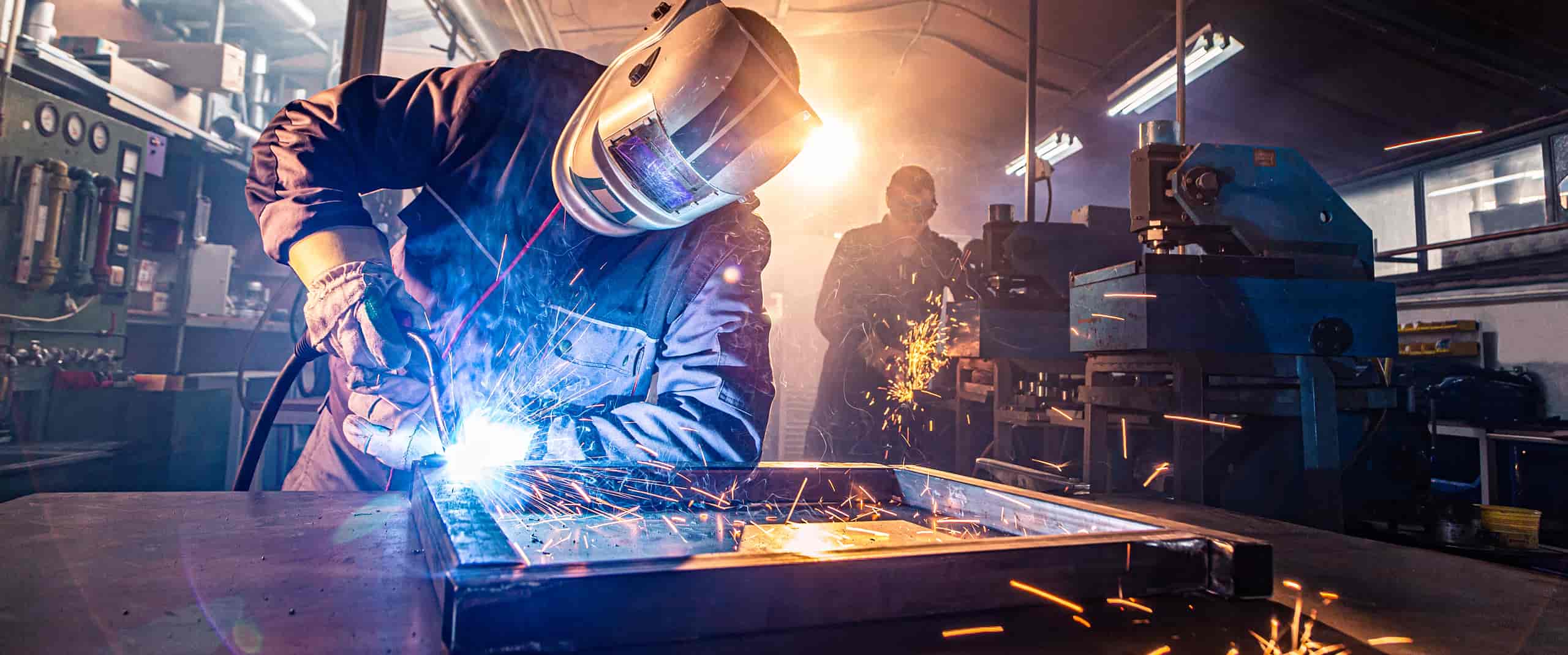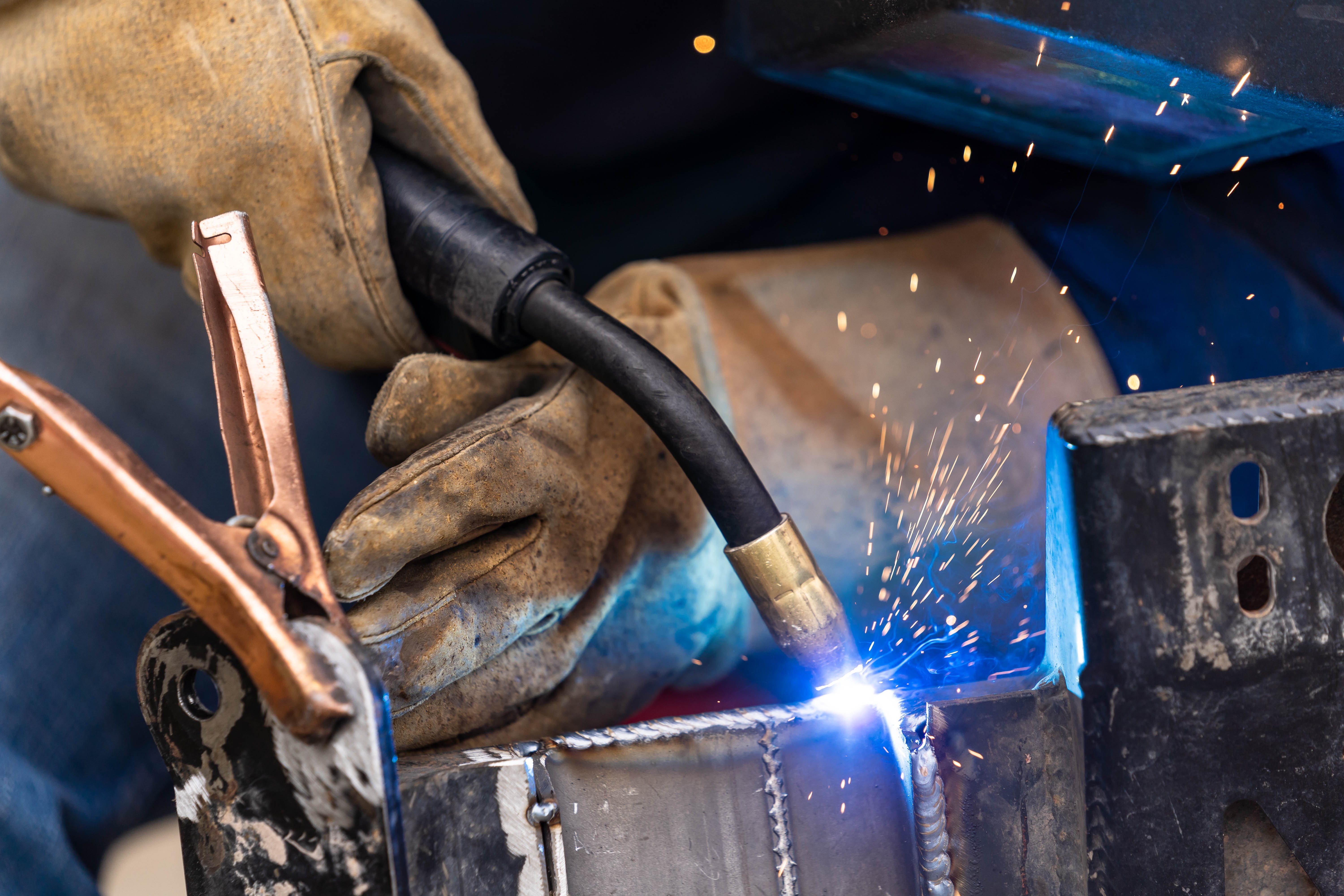Why a Welding WPS is Crucial: Enhancing Uniformity and Conformity
Why a Welding WPS is Crucial: Enhancing Uniformity and Conformity
Blog Article
The Ultimate Overview to Welding WPS Procedures: An Extensive Overview for Welders
In the elaborate globe of welding, Welding Procedure Specifications (WPS) act as the foundation of making certain high quality, consistency, and security in welding operations. Recognizing the nuances of creating, implementing, and keeping an eye on WPS treatments is vital for welders aiming to raise their craft and fulfill industry standards. As we dig into the numerous parts of a WPS and check out the details of credentials and certification, we will certainly discover the essential duty these treatments play in the world of welding. Allow's begin on a trip to untangle the intricacies and significance of WPS procedures in welding techniques.
Importance of WPS Procedures
Recognizing the value of Welding Treatment Specs (WPS) procedures is important for making sure the high quality and integrity of bonded frameworks. WPS procedures work as a roadmap for welders, laying out the essential actions, specifications, and materials called for to attain an audio weld. By adhering to WPS standards, welders can guarantee consistency in their job, leading to structurally audio and trustworthy welds.
One of the key factors why WPS treatments are necessary is their function in maintaining weld high quality and stability. Complying with the specified welding parameters and strategies described in the WPS aids protect against issues such as porosity, fracturing, or insufficient blend, which can compromise the stamina and sturdiness of the weld. Furthermore, WPS procedures are critical for making sure compliance with industry requirements and codes. By following well established WPS standards, welders can show that their work satisfies the needed requirements for safety and security and quality, supplying assurance to customers, assessors, and regulatory bodies. Essentially, the relevance of WPS procedures can not be overemphasized, as they are basic to achieving regular, top quality welds that fulfill industry criteria and requirements.

Elements of a WPS
A Welding Treatment Requirements (WPS) typically comprises important parts that detail the specific needs for performing a weld, making certain uniformity and high quality in the welding procedure. The essential elements of a WPS include necessary variables such as base metals, filler metals, interpass and preheat temperatures, welding procedures, protecting gases, welding settings, and post-weld heat treatment demands.
Base metals describe the materials being signed up with, while filler metals are utilized to fill the space between the base metals throughout welding. Preheat and interpass temperature levels are vital for controlling the warm input and avoiding issues like cracking or distortion. The welding process outlines the certain method to be made use of, whether it's gas metal arc welding (GMAW), shielded steel arc welding (SMAW), or another technique. Securing gases shield the weld swimming pool from climatic contamination. Welding positions specify the alignments in which welding can be executed. Post-weld warm therapy may be needed to relieve tensions and boost the weld's residential properties. An extensive understanding of these elements is crucial for developing a reliable and detailed WPS.

Certification and Qualification
Having established the essential components of a Welding Treatment Spec (WPS), the focus now shifts towards the important facets of qualification and qualification in welding techniques.

Accreditation, on the various other hand, is the official acknowledgment of a welder's qualifications by an appropriate accreditation body or company. Welding accreditations are typically based on the certain welding procedures, products, and settings a welder is certified to collaborate with. Holding a valid welding certification demonstrates that a welder satisfies market requirements and is skilled to execute welding jobs to the called for requirements.
Developing a WPS
To establish a Welding Treatment Spec (WPS) that meets sector criteria, mindful factor to consider of welding procedures, products, and functional criteria is necessary. The first step in producing a WPS is to identify the welding procedure to be used, such as gas steel arc welding (GMAW) or protected steel arc welding (SMAW)

Executing and Checking WPS
Upon finalizing the thorough Welding Procedure Spec (WPS) that meticulously information welding procedures, materials, functional specifications, and quality control procedures, the focus changes to efficiently carrying out and keeping track of the well-known procedures. Application entails guaranteeing that all welders associated with the project know with the WPS and follow it carefully throughout the welding procedure. This calls for providing appropriate training and supervision to guarantee adherence to the specified procedures. Keeping track of the WPS includes continuous oversight to verify that welding activities straighten with the recorded specifications. Evaluations, screening, and quality assurance measures are necessary parts of the monitoring process to determine any kind of inconsistencies or problems immediately. Routine audits and testimonials of the welding procedures assist in keeping consistency and high quality throughout Recommended Site the project. Effective implementation and surveillance of the WPS are essential for guaranteeing the honesty, toughness, and safety of the welded joints, inevitably adding to the overall success of the welding task.
Final Thought
In conclusion, understanding and complying with Welding Procedure Specifications (WPS) is critical for welders to make sure high quality, uniformity, and security in their work. By recognizing the elements of a WPS, getting correct certifications and certifications, producing detailed procedures, and implementing and monitoring them effectively, welders can improve their abilities and efficiency in welding techniques. Complying with WPS treatments is important for creating top quality welds and conference industry requirements.
In the complex world of welding, Welding Treatment Specifications (WPS) serve as the backbone of ensuring top quality, consistency, and safety in welding procedures. The welding procedure outlines the details method to be made use of, whether it's gas metal arc welding (GMAW), shielded steel arc welding (SMAW), or one more approach.To establish a Welding Treatment Requirements (WPS) other that fulfills sector requirements, cautious factor to consider of welding procedures, materials, and functional criteria is essential. The very first action in creating use this link a WPS is to determine the welding procedure to be made use of, such as gas steel arc welding (GMAW) or secured metal arc welding (SMAW)Upon settling the comprehensive Welding Procedure Specification (WPS) that meticulously details welding processes, materials, operational parameters, and top quality guarantee measures, the focus shifts to effectively executing and keeping an eye on the established procedures.
Report this page